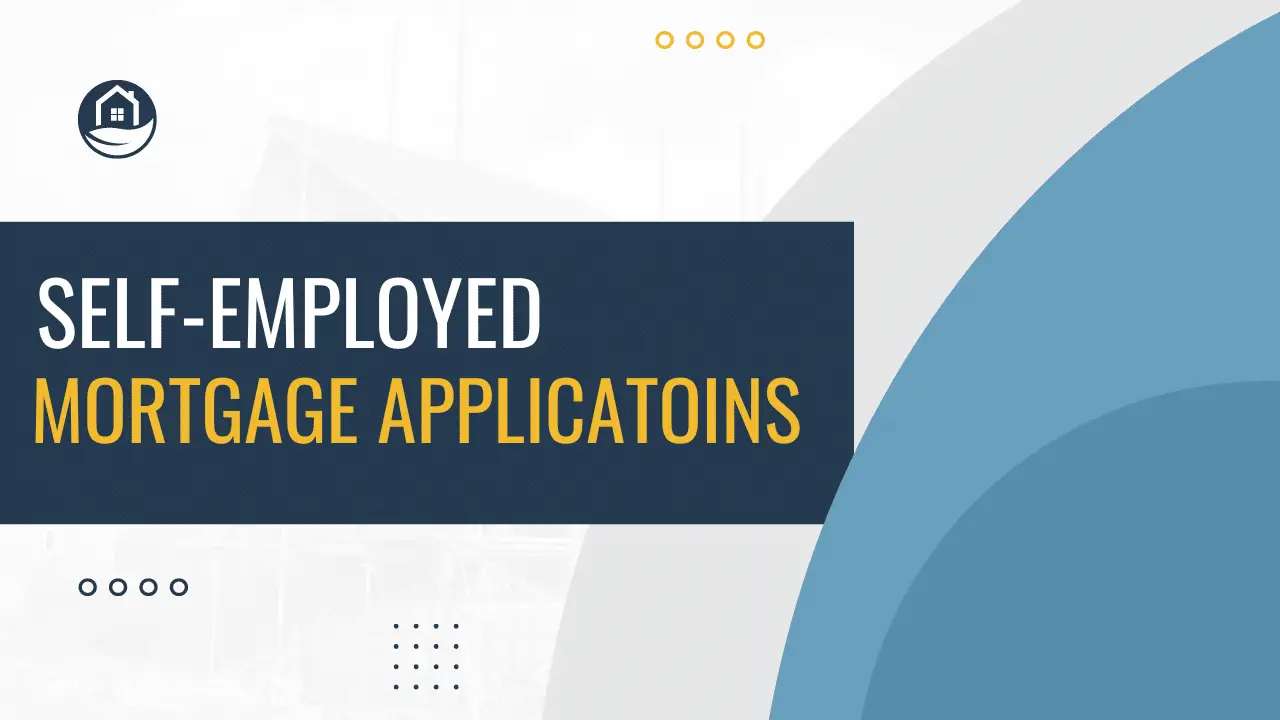When your business is registered for VAT, it is important both for you and your customers that you are correctly accounting for VAT on your sales invoices and to be aware of how VAT is charged when exporting to the EU and countries outside the EU.
In this blog post, we will look at all the different rates of VAT in Ireland as well as how you can pinpoint what is the correct rate to be charging on your goods or services.
Does your business need to register for VAT?
You do not have to register to VAT until the Turnover of your business exceeds the following thresholds:
- Supply of Goods: €75,000
- Supply of Services: €37,500
- €41,000 for those making acquisitions from other EU stats
But even if your business is below these thresholds, you can still register for VAT on a voluntary basis. You will need to weigh up the pros and cons of VAT registration before jumping to any conclusions.
The biggest advantage of voluntarily registering for VAT is the ability to claim VAT refunds on business purchases.
What Rate of VAT should your business be charging?
There are multiple VAT rates in Ireland, let’s check out what rates apply to each type of goods and services.
Standard Rate of VAT – 23%
This rate of VAT is really a catch all category, if your products or services do not qualify for any of the reduced VAT rates then by default you will be adding 235 VAT to your sales price.
Below is a list of some common items that fall under this category:
- Alcohol
- Audio-visual equipment
- Car parts and accessories
- Computers
- Consultancy services
- Cosmetics
- Diesel
- Fridges
- Furniture and furnishings
- Hardware
- Jewellery
- Lawnmowers
- Machinery
- Office equipment
- Pet food, petrol
- Paper, tobacco
- Toys
- Tools
- Bottled water
- Washing machines
- Medicines (non-oral)
Reduced Rate – 13.5%
- Coal,
- Heating oil
- Vet fees
- Building and building services
- Agricultural contracting services
- Short-term car hire
- Cleaning
- Maintenance services
Second Reduced Rate – 9%
The second reduced rate of VAT is currently due to end on the 31st of October 2023, but may be extended again in the next Budget. It was introduced as a cost of living measure during a time of soaring energy prices and also to help bolster the tourism industry during the pandemic.
The second reduced rate of VAT which is 9% is only limited to the following sectors:
- Gas and electricity
- Hospitality and tourism sector
0%
There are many different essentials like certain foods items and children’s clothing which have been given a special provision of a 0% rate of VAT.
Some other goods and services included in this category are the following:
- Tea
- Coffee
- Milk
- Bread
- Books
- Children’s clothes and shoes
- Vegetable seeds and fruit trees,
- Newspapers
- Fertilisers
- Large animal feed
- Oral medicine for humans and animals
- Disability aids such as wheelchairs, crutches and hearing aids.
Exports of goods and services outside of Ireland will also be zero rates, but we will cover this in a separate section.
VAT Exempt
Where a taxable person supplies only exempt goods or services, they are not generally entitled to register for Value-Added Tax (VAT).
Here is a list of some sectors which can avail of being VAT exempt:
- Financial services
- Insurance and reinsurance services
- Child protection and care
- Certain betting activities
- Lotteries
- Hospital care and treatment
- Public postal services
Still unsure?
Even if the good or service that you are supply is not covered in the above list, you can go to Revenue’s VAT rate database which has specific guidance for 100s of different products and services.
Charging VAT on Exports
The world has become every increasingly more globalised, with the dawn of ecommerce you can sell products and services all over the world from your kitchen table. Many of your sales may be to customers in the EU or the rest of the world.
When you are selling to a customer outside of Ireland you can charge VAT at 0%. But bear in mind the customer on the other end may have to pay customs and VAT on their home country.
It is vital that you can prove that the customer was actually outside of Ireland and the goods actually left the country. So for example, if you run an ecommerce business and use an Post as your method of transportation , you should obtain certificates of posting.
Disclaimer: This blog post is for informational and educational purposes only and should not be construed as financial advice.






